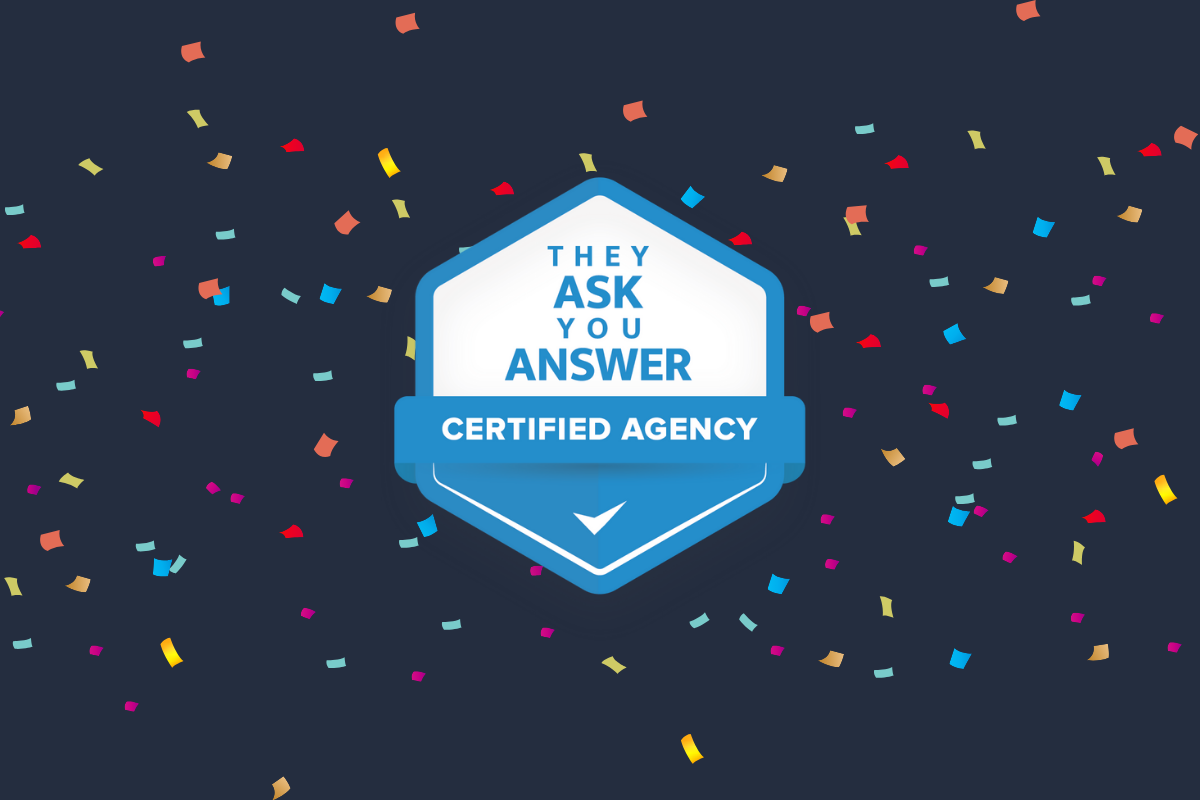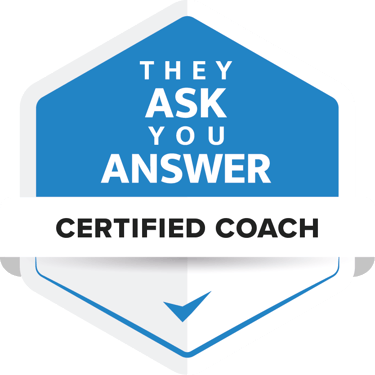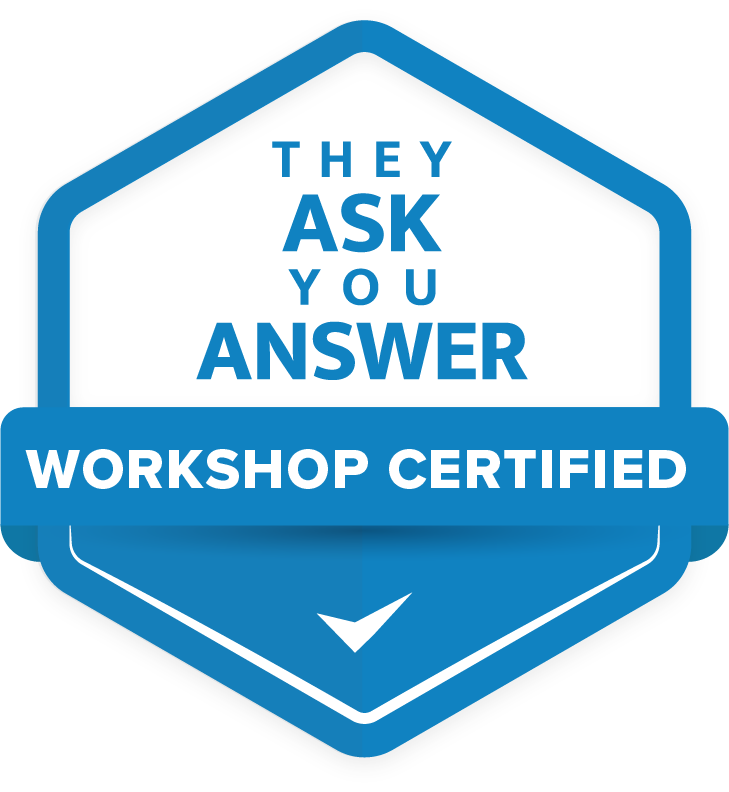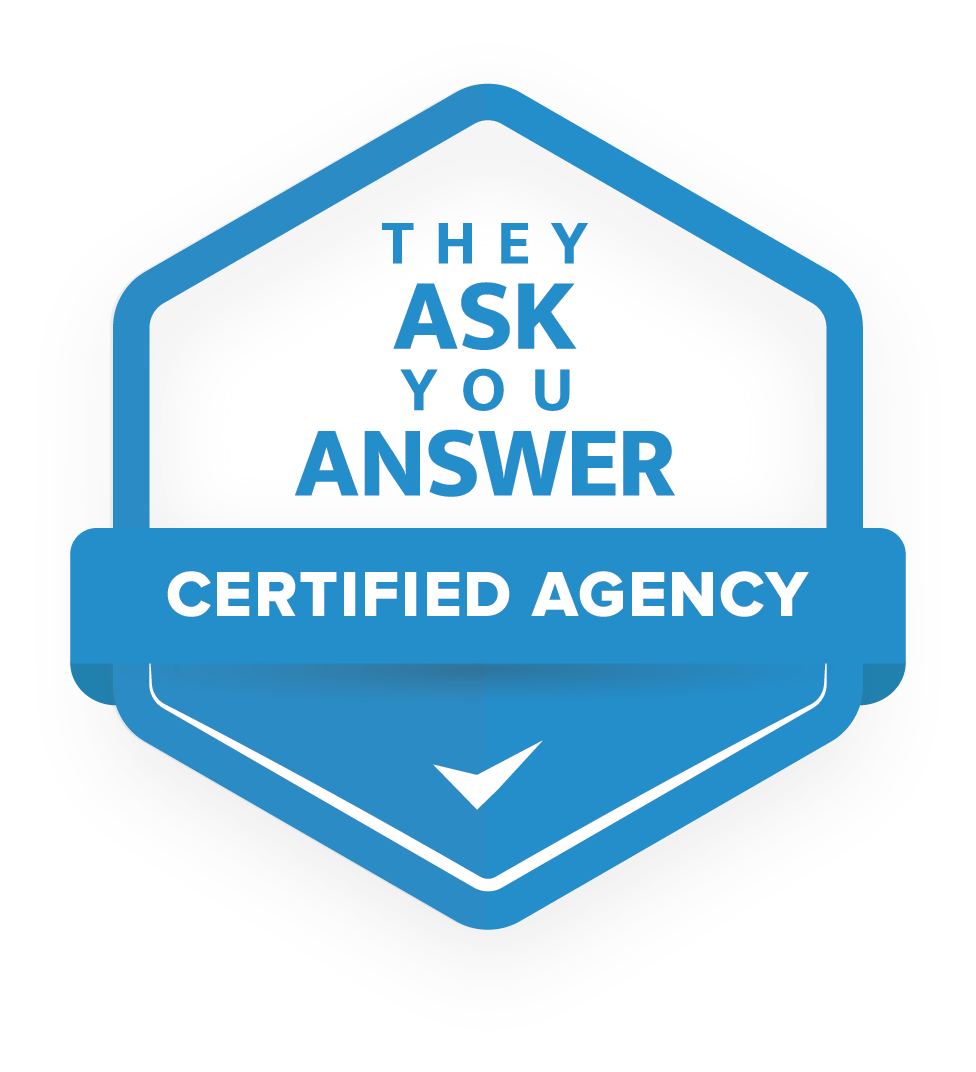What is assignment selling? Use content to close deals faster

One of the complaints we hear most often about content marketing is that it takes so long to see results.
You write a useful article, press publish and often have to wait several weeks (or even months) before it ranks in search engines and is found by qualified buyers.
For companies looking to get a quick return on their content, this can be daunting and many wonder if the wait is worth it.
Rest assured, your high-quality content will eventually yield results and is well worth the wait. Quick wins, however, are also possible.
When your salespeople deploy content to buyers, it can increase your close rates and speed up the sales process. We call this "assignment selling'. If you apply assignment selling, your content can impact your sales as early as tomorrow.
This article tells you how.
What is assignment selling?
Assignment selling involves using content during the sales process to address your buyers' key objections and questions.
The idea was conceived more than a decade ago by They Ask, You Answer-founder Marcus Sheridan when he was still running his pool company River Pools and Spas.
Marcus wrote a lot of content for his Web site that generated a lot of traffic - and a good number of leads. He wanted to dig through the data to see what conclusions he could draw about his customers.
He realized he was dealing with two very different groups of people asking for sales calls - and he saw dramatically different close rates depending on which camp someone came from.
In short, the better informed the buyer is, the more likely he will proceed with a purchase.
Shortly after making this connection, Marcus decided that it was in his own interest, that of his team and even that of his buyers if all potential clients were as well-informed as possible before making a sales call.
He made it mandatory for any prospect requesting a sales call to view specific content from the company prior to the call.
If they refused, there would be no sales call.
The result was that the team generally had fewer calls, but the calls they did have, they were with more serious, informed buyers. Close rates and sales went up. And Marcus' sales team wasted less time on unqualified prospects.
Assignment selling benefits both you and your buyer
At first, assignment selling, as with Marcus, may result in fewer sales calls, but in the long run it's better for all involved.
For your business, assignment selling can lead to:
The benefits of assignment selling for the buyer:
3 steps to implement assignment selling
Assignment selling has great benefits for both your sales staff and your customers, but getting started can be challenging. Here's what you need to know in a nutshell.
For Step 1. Understand your sales process
Before you can even begin, you (and your company) need to document your sales process. You need to know the route a buyer takes, from initial inquiry to closing a deal.
Too often we see teams where each seller has a slightly different process, making it messy and hectic. Worse, this causes each buyer to have a different experience.
Without a well-defined process, assignment selling will be more difficult and less effective. Thus, a clear sales process is a prerequisite.
1. Create the content your buyers need
To make assignment selling work, you need the right types of content.
Start by mapping out your sales process.
Let's say your usual sales process consists of three steps:
Once you have these steps listed, you can start thinking about the gaps between each step - and how to fill them with content.
For example, think about what is asked in every introductory interview. Chances are, many of the same questions are asked in each interview.
What kind of content would be most helpful to that buyer prior to that conversation? For example, you could send a few articles or a video answering the most frequently asked questions.
Then you think about the next step, the quotation meeting. In this case, the buyer may need some help reading and understanding an offer, so you create a guide to walk him or her through it.
And so on and so forth. For each conversation, for each stage, decide what content will be most useful to the buyer.
To truly excel, your content must be relevant, useful, thorough and honest. Your content must answer the most important questions most consumers have (or should have) before making a purchase.
We have found time and again that almost all people looking to make a big purchase have a few key questions they want answers to:
We call these topics the Big 5 and while these are not the only questions your buyers will have, they are a good starting point.
Remember, if you want assignment selling to work, it must be a joint effort between marketers and salespeople.
After mapping out the sales process, ask your sales team to write down the top 25 questions they hear most often from prospects. Each of these questions should be answered in an article, video or buyer's guide.
2. Encourage your sales team to use the content
Once you've created "assignment selling content," don't wait for people to find it themselves through a search.
Instead, encourage your sales team to start sharing.
Your sales team can now use this content to save time and help prospects better prepare for sales calls - or even disqualify themselves.
Keep your sales team informed about what content has been created and explain how they can use it. In our experience, many sales people are eager to use content in their sales cycle, but often don't know when or how.
Marketing should inform sales about the various uses for each piece of content marketing creates.
Use your turnover team meeting (or other regularly scheduled meeting between sales and marketers) to update sales on what content has been created and explain how they can use it.
Assignment selling can be useful, for example, after a prospect fills out a form on your Web site.
After someone fills out a sales call request form, you might be tempted to just send an automated email saying "Great, here's the date and time to confirm!"
This is a missed opportunity. Share that video or article you created so they are better informed during the appointment.
3. Make sure your content is easy to find
If your content is not easy to find on your website, both your website visitors and your salespeople will not be able to find the answers they are looking for.
Therefore, organize your content so that it is easy to find.
Much of your sales content should be readily available on your Web site, on your service pages or in your blog. Some specific information, such as pricing, can even have its own page.
You can also create a spreadsheet with links to the content that has been created.
But won't assignment selling deter buyers?
One of the biggest objections salespeople have to assignment selling is: if I ask my prospect to read an article or watch a video, won't he cancel the appointment?
It is true:
Just as Marcus saw the number of sales calls decrease, he actually saw his close rates for the remaining sales calls increase. That's because he only engaged with prospects who were knowledgeable.
By employing assignment selling, you avoid sales calls that end in a quick disqualification.
Start selling smarter
At its core, selling is nothing less than educating your buyer. You help your buyer understand his problem and gain insight into the products and services you are selling. The more you can do this with content, the smoother the buyer will go through the sales process - or, conversely, may decide that your offer doesn't suit them and drop out.
To start, grab a whiteboard and write out your sales process. Look for the gaps between agreements and figure out how to fill them with content.
If you do this right, you will see a higher close rate, a shorter sales cycle and a larger deal size. But it's not just you that will benefit. Your buyers will feel better informed, less pressured and more confident in you and your company.
Related articles
July 18, 2024
-
Reading time: +/- 2 min
October 8, 2024
-
Reading time: +/- 6 min
June 25, 2024
-
Reading time: +/- 12 min
January 21, 2025
-
Reading time: +/- 6 min








